Interview with Robert "Doc" Gowdy: Captain Bonny Morgan: The Cassandra Prophesy
 Robert “Doc” Gowdy is a graduate of the University of North Texas with a Ph.D. in Literary Criticism and Theory and an emphasis on Nineteenth-Century British literature. His specialization in literary theory is psychoanalytic criticism and theory, particularly Lacanian psychoanalysis, with further emphases on Milton and Eighteenth-Century British literature. Doc Gowdy is currently an adjunct assistant professor at Texas Woman’s University where he teaches various literature classes. His interest in writing is long standing, but aside from academic writing, his first novel, Captain Bonny Morgan: The Cassandra Prophesy is his first foray into fiction. Captain Bonny Morgan is based on archetypal themes and patterns from mythology, such as fairies, goddesses, and the Hero’s Journey, and based loosely on Doc Gowdy’s active duty service in the United States Marine Corps with special emphasis on the Golden Age of Piracy in the Caribbean at the turn of the Eighteenth-Century.
Robert “Doc” Gowdy is a graduate of the University of North Texas with a Ph.D. in Literary Criticism and Theory and an emphasis on Nineteenth-Century British literature. His specialization in literary theory is psychoanalytic criticism and theory, particularly Lacanian psychoanalysis, with further emphases on Milton and Eighteenth-Century British literature. Doc Gowdy is currently an adjunct assistant professor at Texas Woman’s University where he teaches various literature classes. His interest in writing is long standing, but aside from academic writing, his first novel, Captain Bonny Morgan: The Cassandra Prophesy is his first foray into fiction. Captain Bonny Morgan is based on archetypal themes and patterns from mythology, such as fairies, goddesses, and the Hero’s Journey, and based loosely on Doc Gowdy’s active duty service in the United States Marine Corps with special emphasis on the Golden Age of Piracy in the Caribbean at the turn of the Eighteenth-Century.Welcome to The Writer's Life, Doc. Can you tell us a little bit about yourself and how long you’ve been writing?
Currently I’m an adjunct assistant professor of English at Texas Woman’s University in Denton, Texas teaching various literature courses. I hold a Ph.D. in Literary Criticism and Theory from the University of North Texas. Although Literary Theory and Criticism is my specialty, my emphases in literature involves Nineteenth- and Eighteenth-Century British literature, and an emphasis in Milton, as well. I have been actively writing for about twenty years, particularly as it concerns my academic writing. About two years ago I published a scholarly book titled The Text and the Other: Toward the Caesura of the Unconscious. However, my interest in writing fiction has been long standing, but it has been only within the last two years that I have actively, and seriously, pursued the writing of fiction. As a result, I have recently published a new science fiction novel called Captain Bonny Morgan: The Cassandra Prophesy.
Can you please tell us about your book and why you wrote it?
My new novel, Captain Bonny Morgan: The Cassandra Prophesy, is a science fiction novel revolving around a central character, Captain Bonny Morgan. Captain Morgan is a beautiful galactic pirate who has been contracted by an unknown entity to conduct a kidnapping that sets a whole series of intrigues and adventures into motion in an effort to overthrow the galaxy’s evil Imperial government. However, although the book’s title indicates that Captain Bonny Morgan is the central character, she is complimented by additional central characters that help to set the whole adventure into motion. As a result, I’d say that the true hero of the novel is Princess Lysette, the Empress Flaccilla’s daughter and the sister of the kidnapped Princess Cosette. In an effort to find her sister—and thus set the Hero’s Journey into motion—Princess Lysette is aided by her loyal, but highly mischievous, slavegirl, Tink. Tink is, of course, a nod to J. M. Barrie’s Tinker Bell, to whom the novel is dedicated. And, as you might expect, Tink has many of the same emotional characteristics as Tinker Bell, although my Tink is, in actuality, a full grown human woman.
Nevertheless, Lyestte and Tink set out to find Lysette’s kidnapped sister. It is through this adventure—really, the Hero’s Journey as outlined by the late mythographer, Joseph Campbell—that Lysette and Tink meet up with a whole variety of wonderful characters along the way (mostly pirates) as they try to find Cosette. They meet up with Jon Black (a mysterious friend and pirate of the same species as Captain Bonny Morgan), the Empress Flaccilla (Princess Lysette’s eccentric and highly oversexed mother) Lady Brit (a beautiful young noble from the slave planet Miin), Bully (the colorful owner of the pirate tavern Pretty Red on the unknown pirate planet Spiller’s Point), Colleen O’Malley (the pirate Queen of the O’Malley Brethren), General John Francis Padrick “Gunns” Mannigan (a former Shield Marine enlisted into the action by Bonny Morgan), Sergeant Major Sean “Buster” O’Malley (Gunns Mannigan’s loyal friend and Colleen O’Malley’s brother), Kana O’Shay (a beautiful pirate and bodyguard with many useful skills), and Gunner Blaze (another beautiful and skillful pirate, and good friend of Kana O’Shay). A great cast of characters, I think.
I got the idea for my novel from my interest in the Golden Age of Piracy that occurred in the Caribbean during the turn of the Eighteenth Century. Once the idea came to my mind, and I had created the character Captain Bonny Morgan, the novel just sort of took off. Before I knew it, I had about a third of the novel written. Once I had that much written, the rest just seemed to come naturally.
In addition to my interest in the Golden Age of Piracy, I have a deep interest in mythology, which, of course, involves goddesses, fairies, damsels in distress, and the like, so I put to use my knowledge of Joseph Campbell’s Hero’s Journey to write the novel. Along with the pirate themes in the novel, I wanted to explore mythological themes as well. However, I had a long standing desire to write a fiction novel, particularly science fiction, so once I had the central idea down on paper, the novel seemed to write itself as I went along. And, I must say, I’m quite pleased with the result.
What kind of research was involved in writing Captain Bonny Morgan: The Cassandra Prophesy?
My research for the novel was minimal, given my knowledge and experience teaching literature at the university level. Over the years I have read widely in literature, and have taken a particular interest in mythology, especially as it concerns my reading of Joseph Campbell’s The Hero with a Thousand Faces. It was just a matter of putting all my literary and mythological interests together in fictive form, and thus creating a viable science fiction novel. I did, however, have to do a bit of research concerning my use of pirate slang and “pirate speak” in the novel. Several of the pirates in my novel use a heavy brogue in their dialog sequences. However, my knowledge of Stephen Crane’s Maggie: A Girl of the Streets helped quite a bit in that regard. Crane’s Maggie makes heavy use of the type of brogue I was looking for in several of my characters. Once I mastered the brogues for each character, the dialog sequences became rather easy to write. And, of course, a thorough re-reading of J. M. Barrie’s Peter Pan was in order with respect to creating Tink, Princess Lysette’s beautiful, and highly mischievous, slavegirl.
Has it been a bumpy ride to becoming a published author or has it been pretty well smooth sailing?
Actually, no, it was not a bumpy ride. I decided from the outset to self-publish the novel. My research indicated that the major publishing houses were not readily accepting unsolicited manuscripts, and that they were cutting back on the titles that they were publishing in the future. So, I decided to self-publish. My decision to self-publish was reinforced by the knowledge that at least two writers for National Review had recently self-published their new novels and books. My only concern with self-publishing the novel, then, was promoting it.
For this particular book, how long did it take from the time you signed the contract to its release?
Although I didn’t sign a contract, but self-published the novel, the entire writing time was four months. Well, five, really. I took an additional month to edit the novel.
Do you have an agent and, if so, would you mind sharing who he/is is? If not, have you ever had an agent or do you even feel it’s necessary to have one?
No, I do not have an agent, and I’ve never had one. Given that, at this time, I’m self-publishing and promoting my novels, I’m not sure that an agent is necessary.
Do you plan subsequent books?
Yes, I’m currently a third of the way through a sequel to Captain Bonny Morgan. I plan to make Captain Bonny Morgan a trilogy, with a subsequent trilogy evolving from the Cassandra Prophesy in the first novel. So, five more novels are in the works, so to speak.
Can you describe your most favorite place to write?
In the living room, at my computer, very, very early in the morning. I usually begin writing about 2 or 3 a.m. in the morning.
If money was no object, what would be the first thing you would invest in to promote your book?
A superior bit of cover art for the novel. With Captain Bonny Morgan, I licensed a beautiful image from Boris Vallejo and Julie Bell. It is titled: The Void.
How important do you think self-promotion is and in what ways have you been promoting your book offline and online?
Yes, self-promoting a self-published novel is very important. Offline I’ve been promoting my book through my students, my university colleagues, the university newspaper, and my friends through FaceBook. Online, I’m about to do a virtual book tour with Pump Up Your Books through the months of May and June.
What’s the most common reason you believe new writers give up their dream of becoming published and did you almost give up?
I think the fear of not being published is the most common reason new writers may give up on their dream to become a published author. However, with the Internet and the ability to become self-published, that dream of becoming a published author is well within any new writer’s reach. And, no, I never really “almost” gave up. I knew pretty much from the start that I was going to self-publish my novel, so I had no concerns that it would not be published. I just had to make sure that I put out a good novel for the public to read.
Any final words of wisdom for those of us who would like to be published?
Never give up. Be consistent. A writer needs to write virtually every day. Granted, a writer needs a day off now and again, but writing every day will get the job done. And with the ability to now self-publish novels and books, the ability to publish what you’ve written is well within your reach.
Thank you for your interview, Doc. We wish you much success!
Thanks, it was a pleasure.







































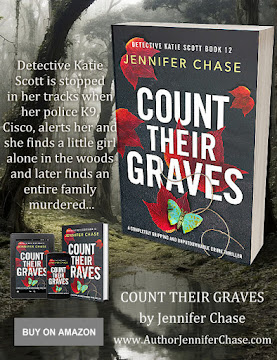






























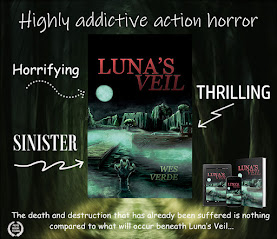


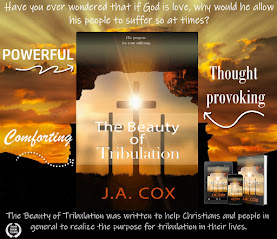













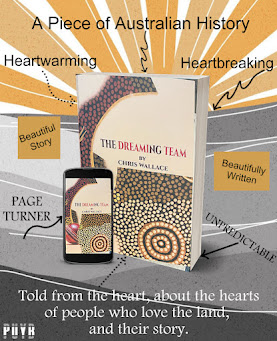




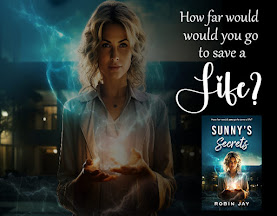










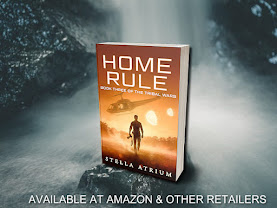




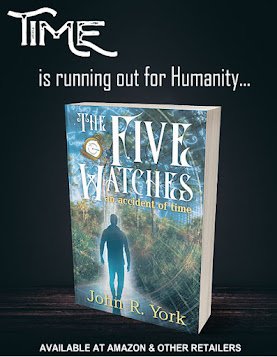










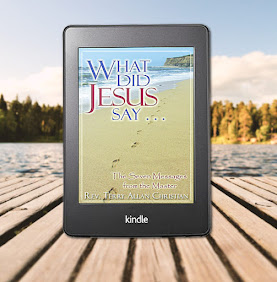






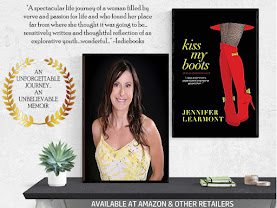




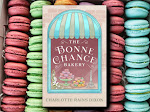
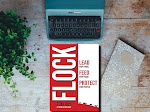


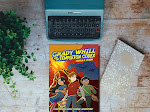



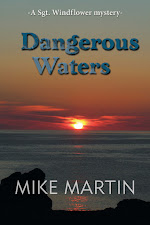



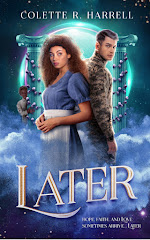
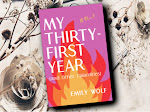



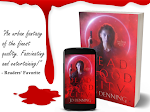


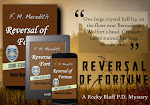









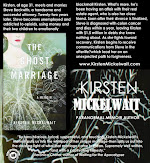

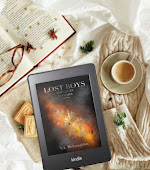
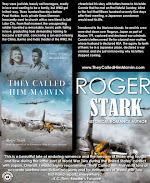

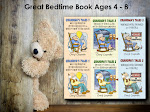

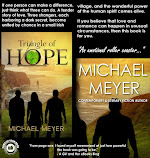
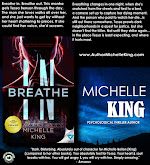
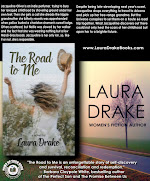


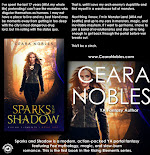
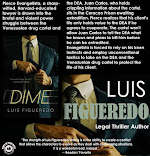







































Leave a Comment